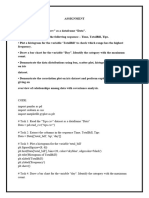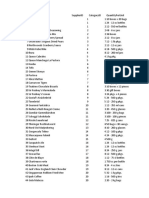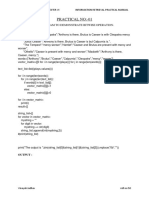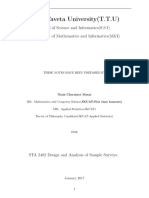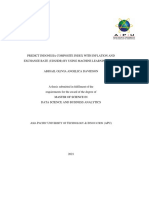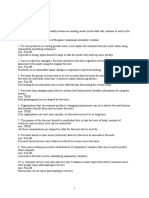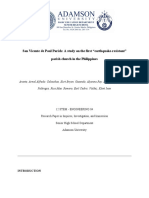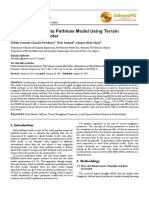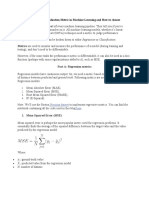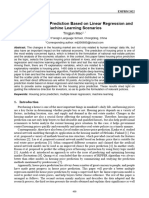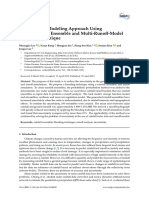0% found this document useful (0 votes)
38 views32 pagesData Science Lab Manual
The document provides steps and code snippets for various machine learning techniques like regression, classification, clustering and dimensionality reduction. It includes practical examples on Excel functions, pivot tables, VLOOKUP, conditional formatting, reading data from files, preprocessing tasks, feature scaling, dummy variables, hypothesis testing using t-test and chi-square test, ANOVA, different types of regression, logistic regression and decision trees.
Uploaded by
Ravishankar GautamCopyright
© © All Rights Reserved
We take content rights seriously. If you suspect this is your content, claim it here.
Available Formats
Download as PDF, TXT or read online on Scribd
0% found this document useful (0 votes)
38 views32 pagesData Science Lab Manual
The document provides steps and code snippets for various machine learning techniques like regression, classification, clustering and dimensionality reduction. It includes practical examples on Excel functions, pivot tables, VLOOKUP, conditional formatting, reading data from files, preprocessing tasks, feature scaling, dummy variables, hypothesis testing using t-test and chi-square test, ANOVA, different types of regression, logistic regression and decision trees.
Uploaded by
Ravishankar GautamCopyright
© © All Rights Reserved
We take content rights seriously. If you suspect this is your content, claim it here.
Available Formats
Download as PDF, TXT or read online on Scribd
/ 32

































